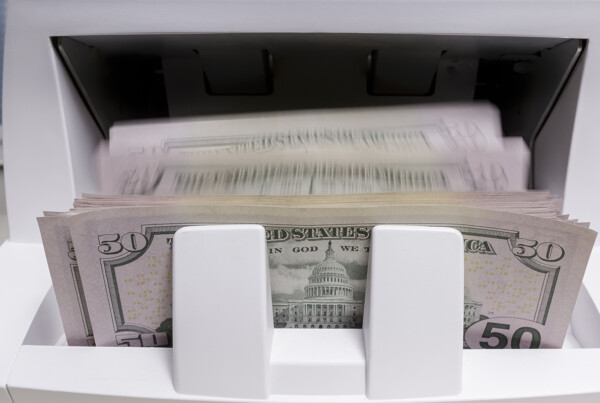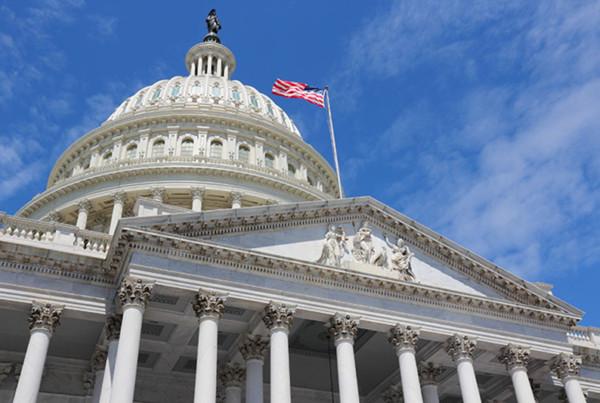Can 2020 please be over now?
With a deadly pandemic, sweeping economic destruction, and nasty election battles, this has been a year most of us would like to forget — and somehow, we’ve still got two months to go.
Certainly, the stock market hasn’t loved 2020. Yes, the S&P 500 was up 5% through October 23rd, but to say it’s been a bumpy ride would be an understatement. Early in the pandemic, the S&P crashed a gut-wrenching 34% in record time. It’s since recovered its losses (and then some), but there have been plenty of sharp ups and downs along the way.
By late October, a possibly contentious election is fast approaching, and the nation appears to be headed for yet another wave of Covid-19 diagnoses. Investors, wary of the drama and concerned about what might lie ahead, may see this as an excellent time to head for the sidelines. We suggest you resist that temptation. While it may seem prudent to sit out until the election is decided and the pandemic has begun to subside, market history shows the head-for-the-sidelines approach almost always means that you miss out on gains (but likely get to participate in taxes!).
Elections and the Market.
First, let’s talk about the election. Investors love to speculate about possible election outcomes and how they’ll affect markets—and too often, their political leanings color their thinking. We suggest you consider these two data points.
- Markets have done well under both political parties. Historically, stocks have risen two-thirds of the time, and there is no correlation with which party is in control.
- There is no detectable correlation between economic growth and stock market performance. Stocks have had great returns and bad returns in both slow-growth and fast-growth environments.
- Neither party can consistently be credited with superior economic or financial market performance.
- The S&P 500 Index delivered an average annual return of approximately 11% over the past 75 years, through both Democratic and Republican administrations. The U.S. economy also expanded on average 3% during that period
- The stock market’s return was negative for a presidential administration only when the country was in a financial crisis (2008) or experiencing a stagflagatory spiral (1973).
The Takeway:
Investors can’t predict how elections will impact market performance. Pulling money to the sidelines could very well cost you an opportunity.
Covid and the Market.
There’s no question that the pandemic is a daunting challenge. The toll it has taken on lives, businesses, and jobs is undeniably grim. And while many see the development of a vaccine as a silver bullet, questions remain about the effectiveness, distribution, and acceptance.
But markets, for better or worse, are opportunistic and unsentimental. They do not move based on whether things are good or bad but rather based on directional changes. In other words, markets reflect optimism and pessimism based on relative shifts in the economy, corporate earnings, and so on. To the market, the critical question is: Are things getting better or worse? There are certainly reasons to argue that things are getting better, including:
- The Federal Reserve has pumped massive support into the financial system and economy. The central bank has directly stated that it will take any and all steps necessary to support market stability.
- The CARES Act added $1.8 trillion of stimulus to the economy. This money is working its way through the economy and is supportive of continued stronger business activity.
- The U.S. economy is slowly recovering, and jobs are being created again. The economy is now operating at 82% of its early-March level.
- There is now greater certainty about Covid-19 than there was in the spring of 2020. We better understand the disease, more treatment options, and a greater supply of masks, ventilators, tests, and other equipment.
- Another stimulus bill is likely to be passed. While its size and timing are unknown, the stimulus should spur continued economic expansion, job creation, and earnings growth.
So, where does all this leave us? We believe that investors will be rewarded for maintaining their investment discipline. Stick with your plan and be mindful that your expectations, good or bad, are often at odds with actual outcomes.
We need not look far to find an example: The equity markets, rocked by the pandemic, looked forbidding this spring – yet the S&P 500 has rallied by a stunning 53% from its March lows to new all-time highs. We strongly believe that the lesson here is that volatility in stocks is the price one accepts to earn exceptional long-term returns.
Constructive actions you can take.
Staying the course does not mean doing nothing. As 2020 rolls into 2021, we suggest you take the following steps.
Reassess your risk tolerance.
How well did you handle the volatility in March and April from an emotional standpoint? Has your approach to the risk-versus-return equation changed during this tumultuous year? If so, now is an excellent time to reassess your personal risk tolerance.
Be opportunistic.
As you have more capital to invest, buy into the markets gradually and systematically, taking advantage of price dips. Consider investing in those markets that have been laggards, such as U.S. small-company stocks, international stocks, and emerging market stocks.
Be tax and fee-smart.
Focus on what you can control. Remember, it’s not what you earn but what you keep.
Be healthy and safe.






